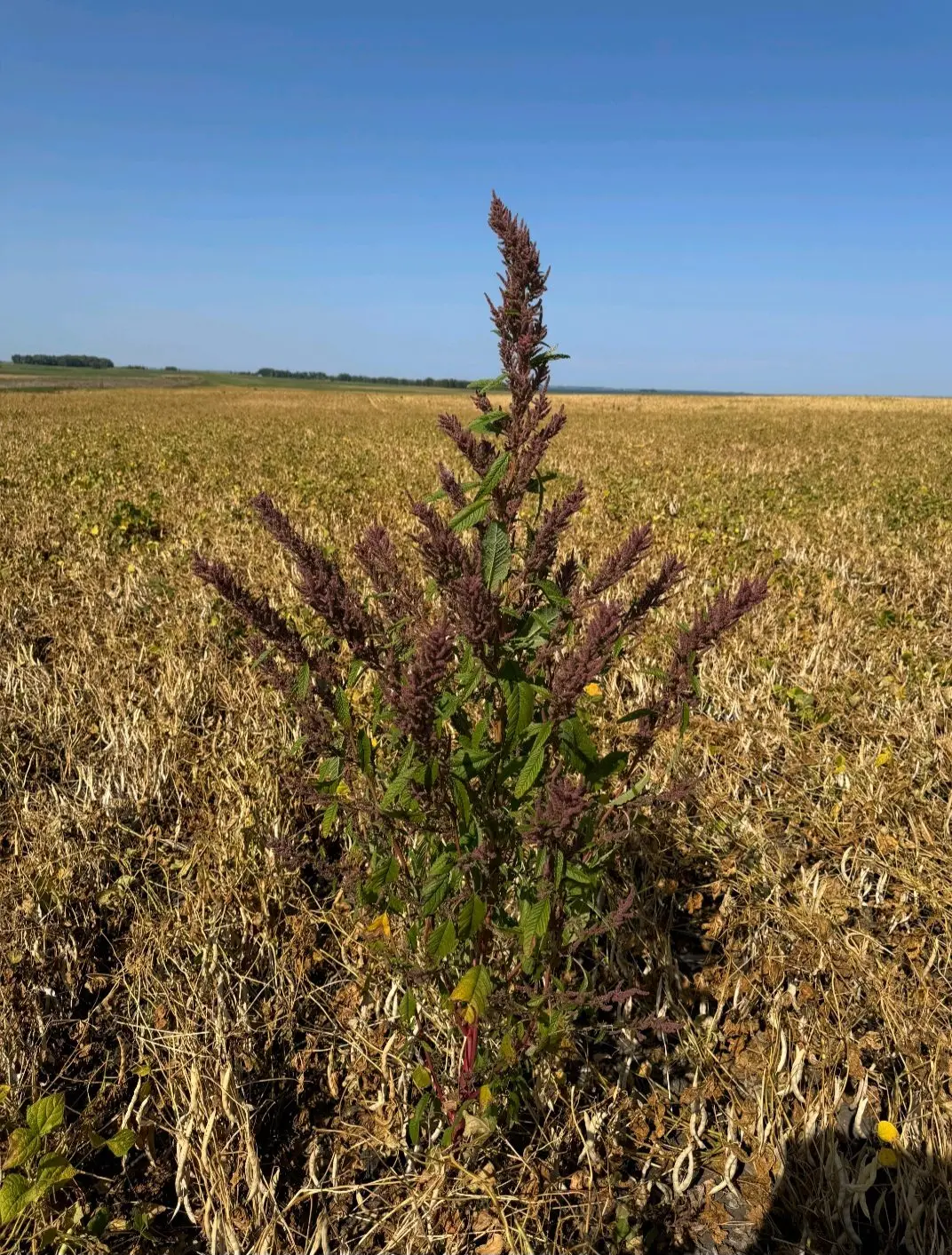
Fargo, ND (Agnews890.com) – Waterhemp is a growing problem this year in North Dakota farm fields. And if not managed correctly could get to be a bigger problem. On Thursday I visited with NDSU Weed Specialist Joe Ikley about the issue growers are facing.
What’s happening with waterhemp this year? It seems to be a little bit more prevalent.
Ikley: Yeah. So waterhemp is just continuing its march north and west across the state. So certainly anyone in the southeast part of the state and certainly the southern part of the valley. It’s no secret to them how problematic this weed can be. It’s often the number one, or public enemy number one for folks in that region. But we are continuing to see it pop up in new areas and often what takes folks by surprise is sometimes by the time it gets noticed, it’s a very large dense infestation. These plants we talk about, it’s the…Pigweed plant that produces a lot of seed. You can have a couple plants turn into a relatively small patch, and then if they all produce seed, go through a combine, and you can have some large patches to deal with the next year. So that’s one of the reasons it can be sneaky, sneak up on people. And then I always kind of like to use the phrase, well, wet year like this, we learn why the word water is in water hemp. So it certainly can thrive in wet years.
What should a grower do if they have just like a weed in general or something that they think may be Palmer amaranth or waterhemp if they they don’t know how to identify it? What should they do?
Ikley: Yeah, so we always like to turn toward the resources, you know, certainly from my seat and these two extension is going to be one of top ones Many of the agronomists out there are also pretty well versed in how to identify it at least waterhemp and Palmer from the other pigweeds and so most folks A lot of times a pigweed looks like a pigweed, but this time of year when they’re putting on seed heads, waterhemp, palmers in that same boat will have pretty unique seed heads compared to something like red root pigweed. Many folks are used to looking at that one with short, dense seed heads. Waterhemp will tend to have thinner seed heads and palmer has these really long ones we often talk about. This time of year we often look at seed heads, but I always recommend people go back to your trusted source for pigweed ID. We certainly have some examples and some literature out there within the agent’s office or if they’ve left the office exactly, then within the NDSU Extension System.
Joe, if somebody is able to identify waterhemp on their own and choose to dispose of it, what would be your recommendation to make sure that they do it right?
Yeah, so this time of year those plants are going to have seed heads and the seed heads will contain some mature seed. But ideally, you can take it out of the field in something like a plastic bag, burn it on the edge of the field, bury it and dispose of it is another way. And that’s what our recommendation has often been for these areas where you might see one or two plants, you these folks that can recognize waterhemp early. We want to get that out of the field before it becomes a big issue one, two or three years down the road. And that’s where a lot of folks are at now. Certainly maybe the north central part of the state and even getting a fair bit of questions from Manitoba as they’re finding a lot more waterhemp up in Manitoba this year than they had ever hoped to as well.
For more information on waterhemp contact your county NDSU Ext. agent.